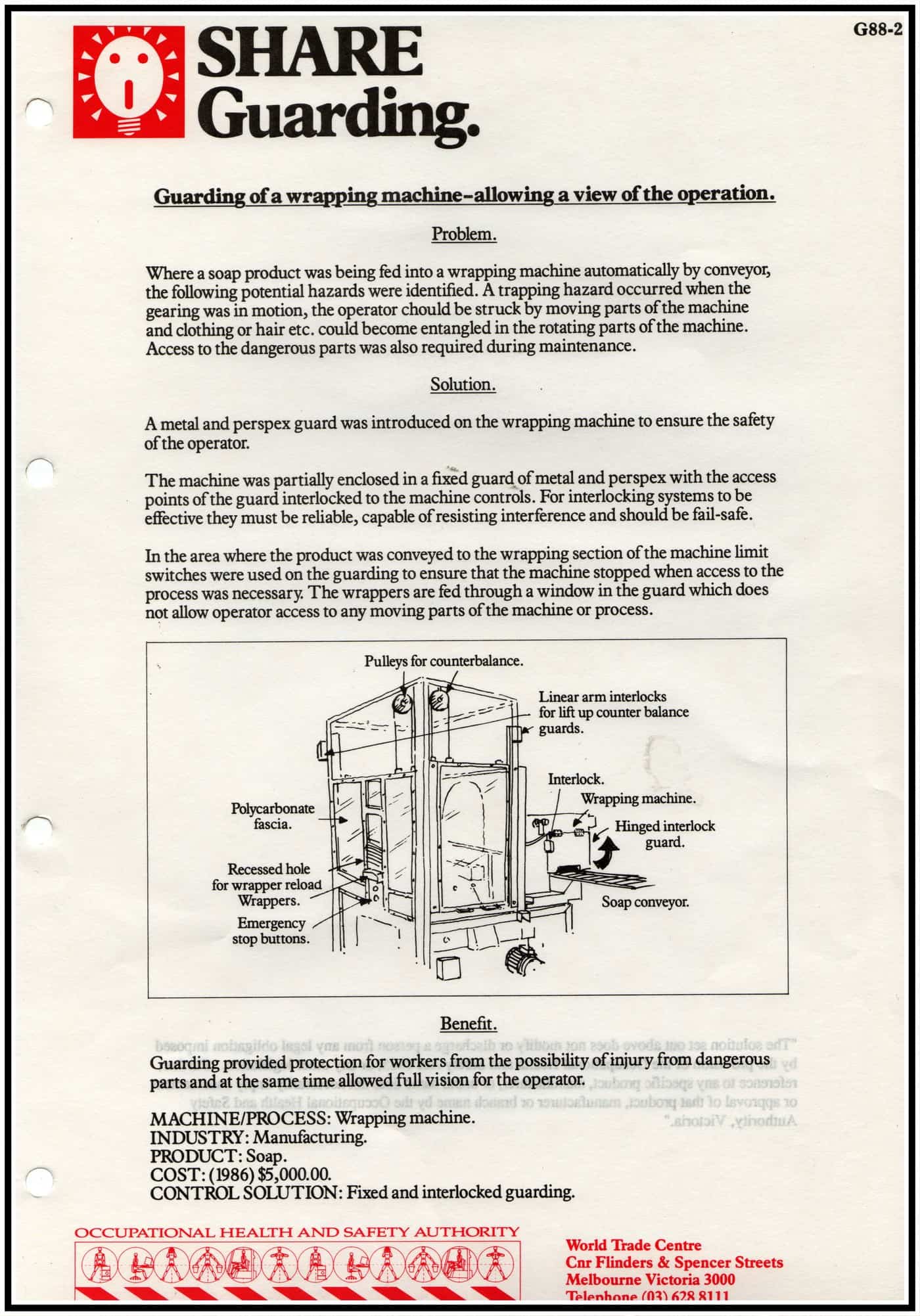On 4 October 2009, Queensland’s Attorney-General Cameron Dick released details of his intentions to increase the compensation available for individuals and their relatives through his Civil Liability and Other Legislation Amendment Bill. Below is a table which shows the level of the increase.
It needs to be pointed out that this is not workers’ compensation but OHS legislation is blurring the demarcation between workers compensation and civil liability in the context of safety management. New Australian legislation is placing OHS obligations on workers and employers for the off-site effects of workplace activities.
The Attorney-General, who is also the Minister for Workplace Relations had this to say about the importance and breadth of the draft Bill:
“This legislation will increase the maximum caps, for the first time in six years, on general damages available under the Civil Liability Act 2003 for personal injuries,” Mr Dick said…. “These amendments will afford injured persons the monetary compensation they need to help them get on with their lives. The amendments also ensure a de facto partner of an injured person is now able to claim for loss of earnings.”
Dick goes on to discuss the good news concerning dust-related diseases as the amendments will also abolish the statutory limitation period for dust-related disease claims including asbestosis, mesothelioma and silicosis. It is unclear whether workers’ compensation insurance has similar limitations.
“The removal of the statutory limitation period for dust-relates (sic) diseases will deliver significant benefits to sufferers, by improving their access to justice and reducing the costs and stress associated with pursuing a claim,” Mr Dick said. “This amendment will have retrospective effect to ensure it captures current cases of dust-related disease originating from exposure during the 1950s, 1960s and 1970s.”
Dick said the amendments also ensure that the caps will be annually indexed to average weekly earnings.
These changes raise the possibility that a workplace may have an event that directly injures workers and also affects people outside the worksite. This could generate two processes for compensation – the workers and members of the public. The business operator would be involved in both processes, of course.
But Australian OHS legislation is moving towards one OHS “Act” that would involve the management of a hazard and its potential off-site effects. Why then split the compensation mechanisms? Would it not be easier for the business owner to manage the environmental, public and worker impacts of the one event in an integrated fashion?
The model OHS legislation deals with multiple parties affected by work processes surely the government should be looking at a single compensation process that also addresses multiple parties?
The workers’ compensation harmonisation review is still a couple of years away but potential changes should be anticipated. The table below perhaps should be compared to the Table of Maims used in workers’ compensation in the spirit of harmonisation to determine a broader social justice.
Perhaps in this period of public comment on draft OHS model legislation, the government and stakeholders should anticipate the social consequences of the OHS management obligations it is currently considering. If environmental legislation and management imposes a “cradle-to-grave” context, why should safety management legislation not?
| Injury | Injury Scale Value | Currently worth | Maximum from 1 July 2010 will be worth |
| Serious Facial Injury | 14 to 25 | $16,600 to $35,000 | $19,550 to $41,220 |
| Loss of one eye | 26 to 30 | $37,000 to $45,000 | $43,560 to $53,000 |
| Loss of one testicle | 2 to 10 | $2000 to $11,000 | $2360 to $12,950 |
| Loss of both kidneys | 56 to 75 | $110,360 to $166,400 | $130,000 to $196,000 |
| Loss of one arm from the shoulder | 50 to 65 | $93,800 to $136,100 | $110,500 to $160,300 |
| Loss of one hand | 35-60 | $56,000 to $121,400 | $65,950 to $143,000 |
| Loss of a finger | 5 to 20 | $5000 to $26,000 | $5900 to $30,600 |
| Loss of one leg above the knee | 35 to 50 | $56,000 to $93,800 | $65,950 to $110,500 |
| Loss of one foot | 20 to 35 | $26,000 to $56,000 | $30,600 to $65,950 |
| Total loss of hair on head | 11 to 15 | $12,400 to $18,000 | $14,600 to $21,200 |


